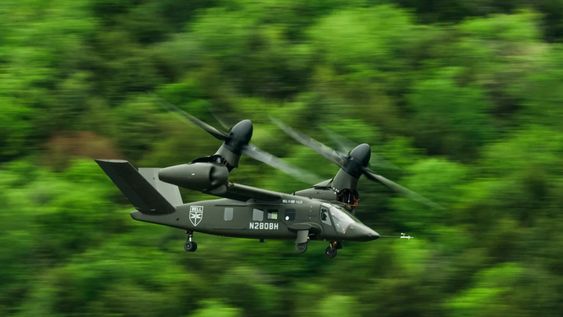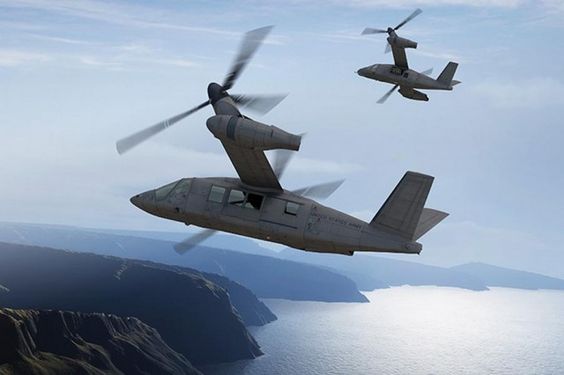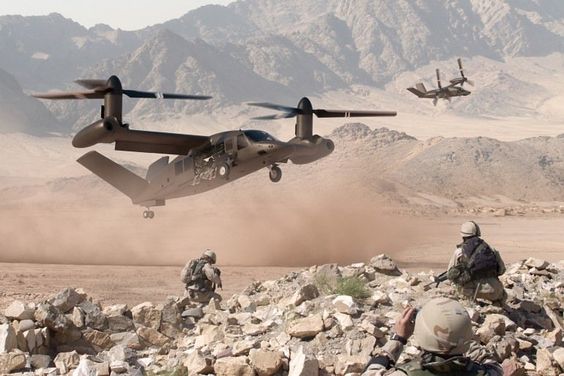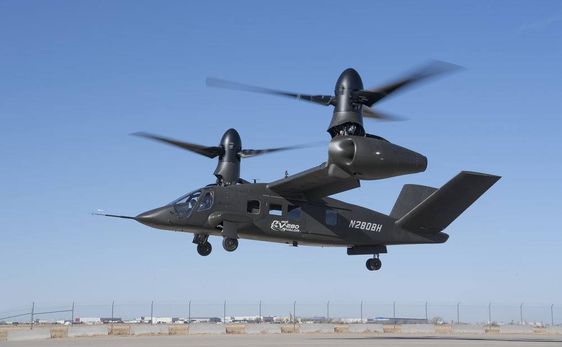Future Long-Range Assault Aircraft | Bell V-280 Valor
For the Future Vertical Lift (FVL) program of the United States Army, Bell and Lockheed Martin are creating the Bell V-280 Valor, a tiltrotor aircraft. The airplane made its public debut in 2013.
Agility & Dependability

The V-280 was specifically created to revolutionize each operation’s reach and efficacy while providing unparalleled agility, decreased downtime, and increased mission safety. The Bell V-280 Valor is the go-to long-range maneuver solution since it has more than twice the speed and range of contemporary armament systems.
Prototype partners

Bell declared that it would collaborate on the V-280 project with Lockheed Martin. The aircraft will have integrated avionics, sensors, and armaments from Lockheed. Additional partners, including Moog Inc. for the flight control systems, GE Aviation for the engines, GKN for the tail structure, Spirit AeroSystems for the composite fuselage, Eaton Corporation as the distributor of hydraulics and power generation systems, and Astronics Advanced Electric Systems to design and manufacture power distribution systems, were revealed in the months that followed. The nacelle structures will be provided by Israel Aerospace Industries, the first overseas partner brought on board for the V-280. A high-fidelity marketing simulator and desktop maintenance trainer are being developed by Textron subsidiary TRU Simulation & Training.
Joint Multi-Role Program

In accordance with the Joint Multi-Role program, Bell was given a technology investment agreement (TIA) by the U.S. Army in October 2013.
Instead of creating a prototype for the upcoming family of cars, the JMR program aims to create technologies and interfaces.
The Army notified the Bell-Lockheed team that they had selected the c to carry out the JMR demonstration program on August 11, 2014.
For test flights in 2017, the teams started constructing technology demonstration aircraft. At AUSA 2014, Bell revealed a full-scale mock-up of the V-280 Valor to display the configuration and style of the high-speed platform. It is targeted at the infantry squad and is designed to maneuver similarly to a helicopter at low speeds in order to provide unheard-of pitch, roll, and yaw responsiveness during certain actions. The V-280, which is roughly the same size as the present medium-lift helicopter, is intended to go twice as fast and twice as far. Bell promotes these qualities for travel across huge lands, such as the Pacific.
Early Design

The V-280’s name comes from its intended cruising speed of 280 knots (320 mph; 520 km/h). It can travel 2,100 nautical miles (2,400 mi; 3,900 km) at a top speed of 300 knots (345 mph; 556 km/h), while its effective combat range is 500–800 nmi (580 to 920 mi; 930 to 1,480 km). Maximum takeoff weight is anticipated to be around 30,000 pounds (14,000 kg). The engines are kept in position while the rotors and drive shafts tilt, which is a significant improvement over the older V-22 Osprey tiltrotor.
In the case of an engine failure, both prop rotors can be driven by a single engine thanks to a driveshaft that passes through the straight wing. Retractable landing gear, a triple-redundant fly-by-wire control system, and a V-tail design will all be features of the V-280.
At the time, the future inexpensive turbine engine (FATE) program of the Army provided financing, but the precise engine for the model performance specification (MPS) was not known. The airframe will have outstanding levels of mobility and control thanks to the GKN-made ruddervators and V-tail structure. It will be constructed of both metals and composite materials. The interior of the vehicle has features like windows that show three-dimensional mission maps and seats that wirelessly charge soldiers’ radios, night-vision goggles, and other electronic equipment.








